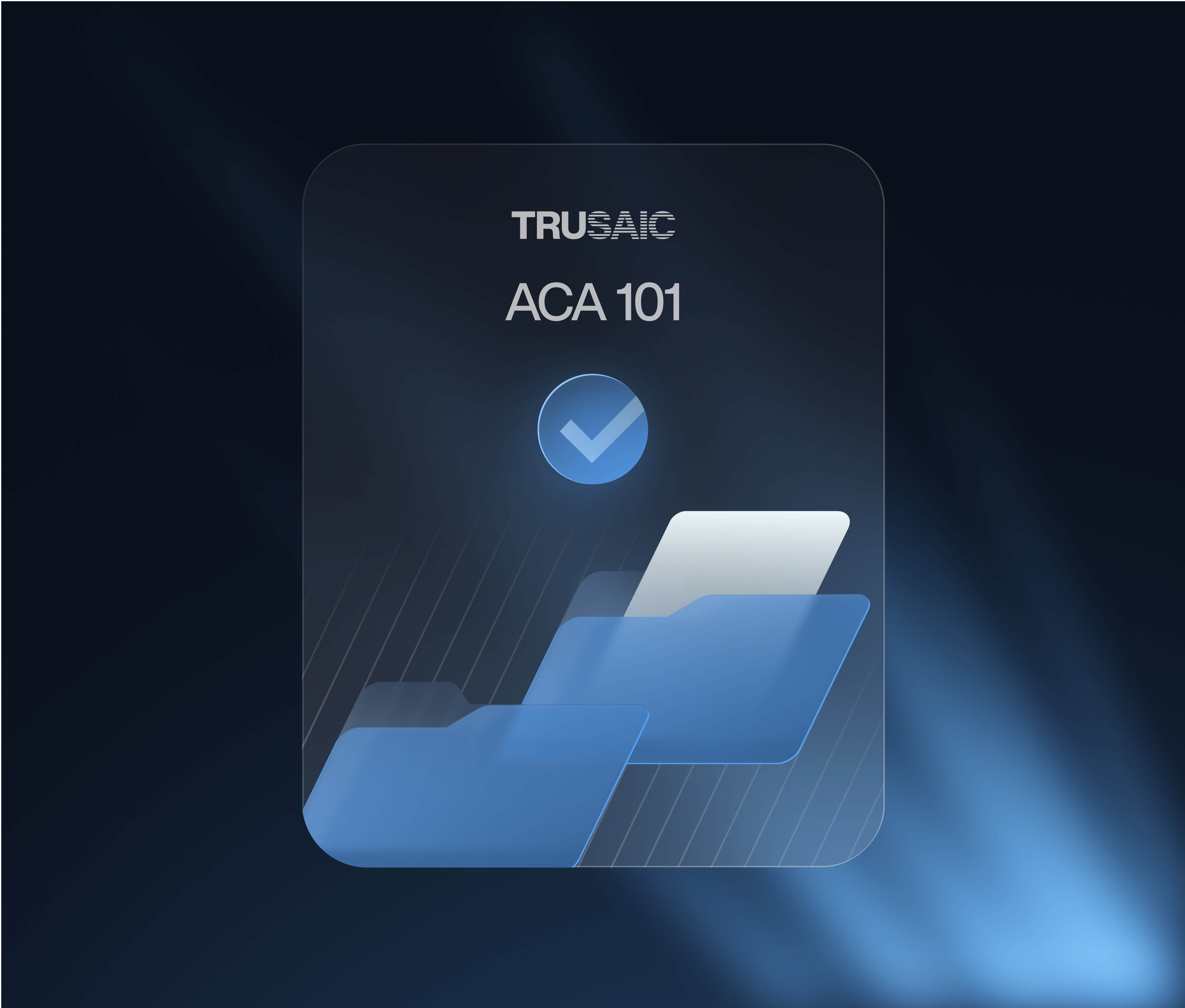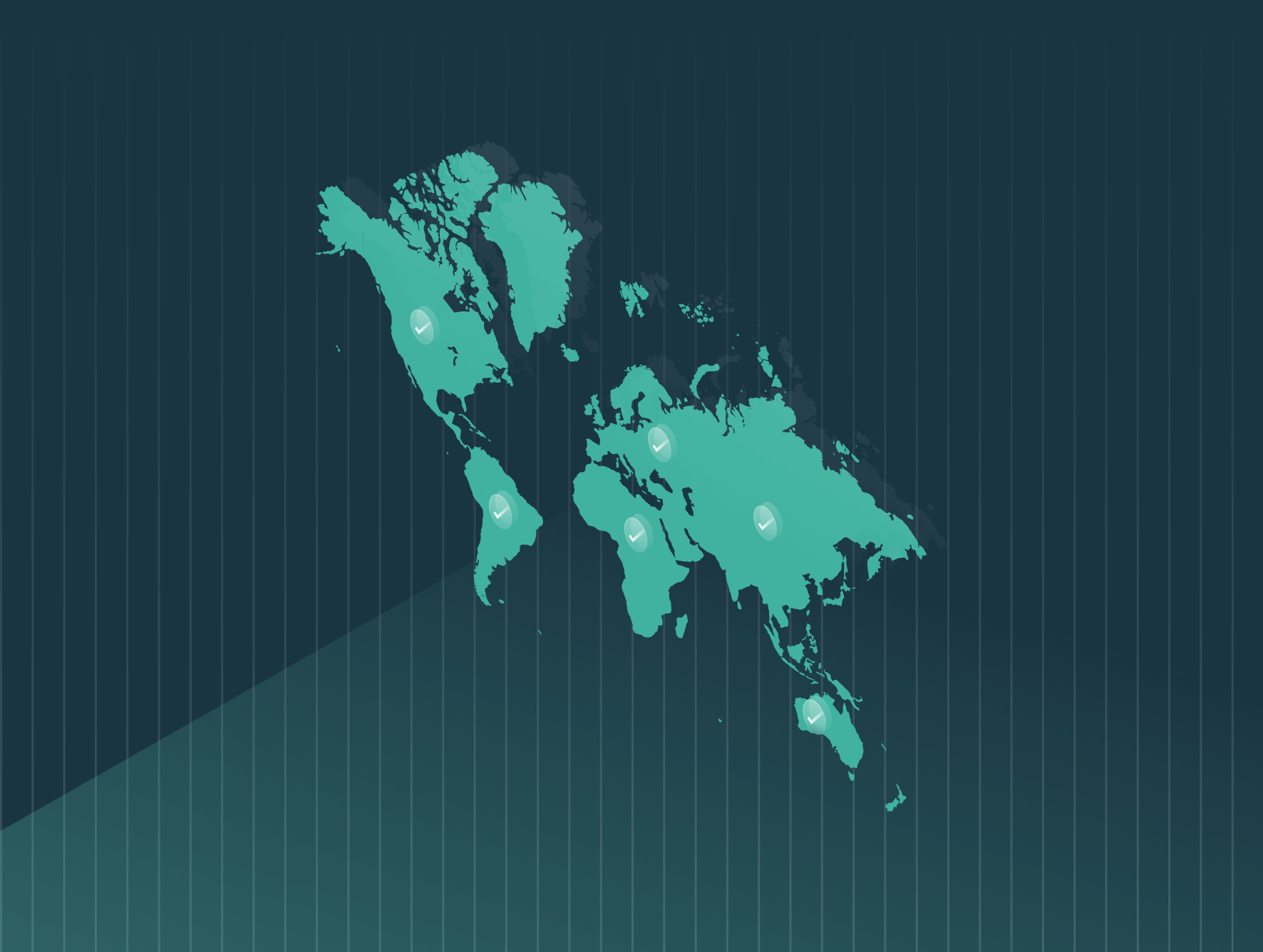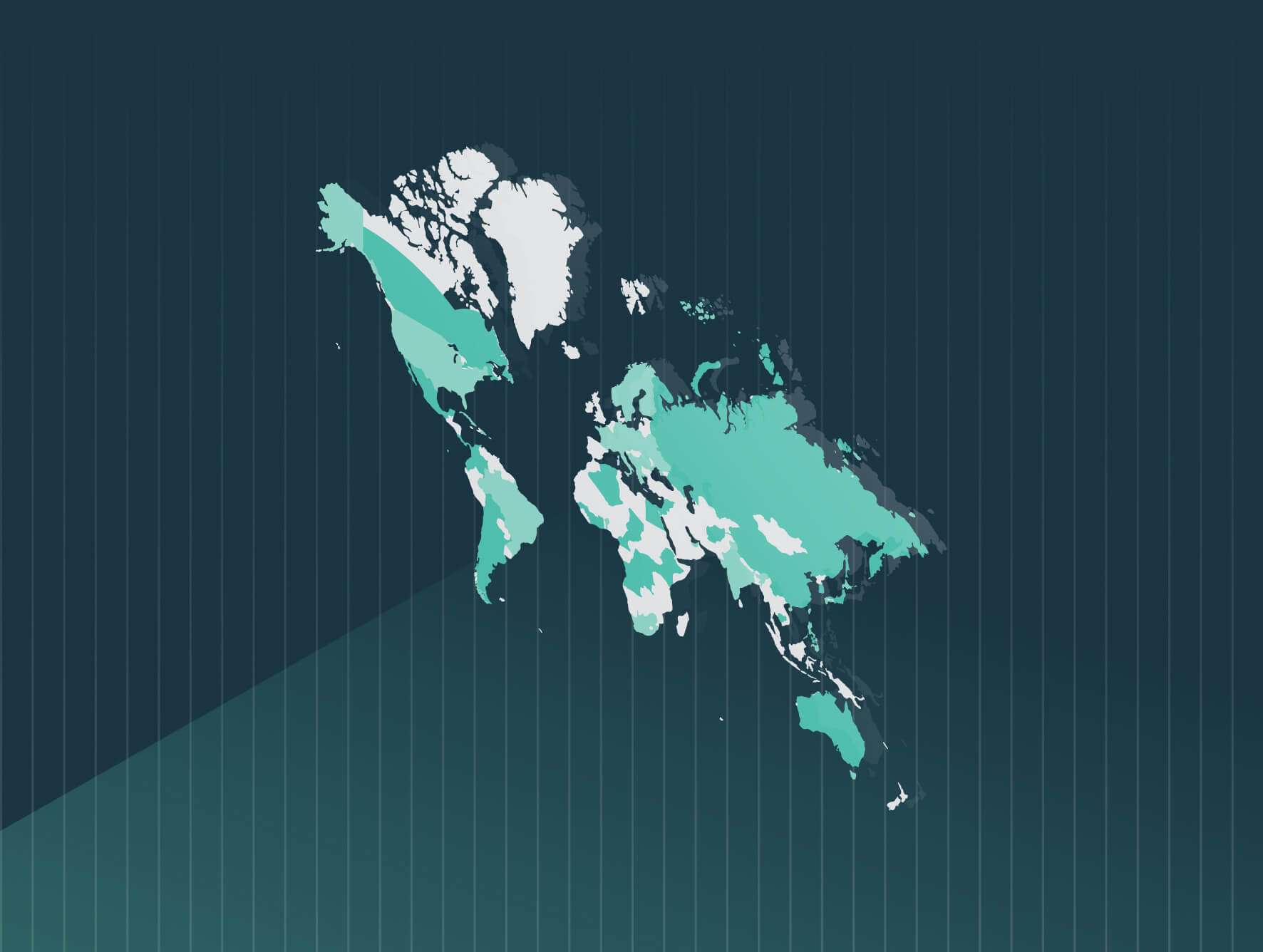The deadline for California’s 2025 pay data reporting is fast approaching. Employers must submit their reports to the California Civil Rights Department (CRD) by May 14, 2025. This year’s reporting requirements are mostly in line with last year’s, but the CRD has revised a couple categories pertinent to accurate reporting.
Failing to meet the deadline or submitting incomplete data can result in significant fines and potential legal scrutiny. In this blog we’ll break down what’s changing and what’s required to comply.
What’s Changing in 2025?
There are no new reporting requirements for 2025, however, the CRD updated race and ethnicity categories as follows:
- Adding a new race and ethnicity category — Middle Eastern or North African (MENA) — to California’s pay data reporting.
- Removing “Other” from the “Native Hawaiian or Other Pacific Islander” category name.
- Using “Multiracial and/or Multiethnic” terminology rather than “Two or More Races.”
California made a couple significant reporting related changes last year that remain in effect.
This year’s payroll employee template introduces three new required data points for each group of employees by establishment, job category, race/ethnicity, sex, and pay band:
- The number of employees in the group that work onsite.
- The number of employees in the group that work remotely from California.
- The number of employees in the group that work remotely outside of California.
Employers should submit their pay data reports through the online portal. The deadline to submit payroll and labor contractor employee reports is May 14. Additionally, the Civil Rights Department (CRD) updated its Microsoft Excel templates, which are designed to help employers compile and submit the necessary information.
For further information, the CRD updated its FAQ section on the website.
California Pay Data Reporting: What’s Required?
All organizations that employ 100 or more employees hired through labor contractors are required to file pay data reports. Additionally, employers with 15 or more employees — with at least one of those employees located in California — must disclose pay ranges in all job listings.
Pay data reports must include both the mean and median hourly wages broken down by race, ethnicity, and gender for each job category. Employers are not allowed to submit an EEO-1 report instead of a pay data report.
Employers are required to track job titles and wage rates for each of their job positions and maintain records for the duration of an employee’s tenure, plus three years following termination, to comply with pay data retention requirements. In addition to the three new requirements, your report will need to include:
- Mean and median hourly pay rates for employees by gender and race/ethnicity in specific job categories.
- Number of employees by gender, race/ethnicity, whose earnings fall within each of the pay bands used by the U.S. Bureau of Labor Statistics in its Occupational Employment Statistics survey.
- Total number of hours worked by each employee in each pay band during the reporting year.
Employers should start preparing now to ensure they can meet these extensive data requirements before the May 14, 2025 deadline.
How Trusaic’s PayParity and RAPTR Help Ensure Compliance
With increased reporting complexity and stricter enforcement, manual data collection and reporting leave room for error — putting your company at risk of penalties. Trusaic’s PayParity® and RAPTR™ solutions provide an automated, streamlined approach to compliance:
- Leverage PayParity to understand, explain, and resolve pay inequities across gender, race, age, and more. Conduct proactive or compliance-driven analyses to pinpoint disparities, reduce legal risk, and build trust by ensuring fair, transparent pay practices across your workforce. And now, with R.O.S.A., you can optimize your remediation budget so you can make every pay adjustment count.
- Leverage the Regulatory Pay Transparency Reporting solution to confidently report and comply with pay data reporting requirements like California’s.
- Automates pay data aggregation from multiple sources (HR, payroll, labor contractor data).
- Prepares fully compliant reports that align with California’s latest requirements.
- Flags discrepancies in pay band data before submission.
- Provides real-time compliance tracking to keep organizations audit-ready.
By leveraging these tools, employers can reduce administrative burden, ensure accuracy, and stay compliant with evolving pay data laws.
The May 14, 2025 deadline will be here before you know it. Employers must act now to gather the necessary data, identify potential pay disparities, and submit an accurate report.
With Trusaic’s PayParity and RAPTR, you can ensure compliance while also advancing fair pay practices within your organization. Don’t risk penalties — take action today.







